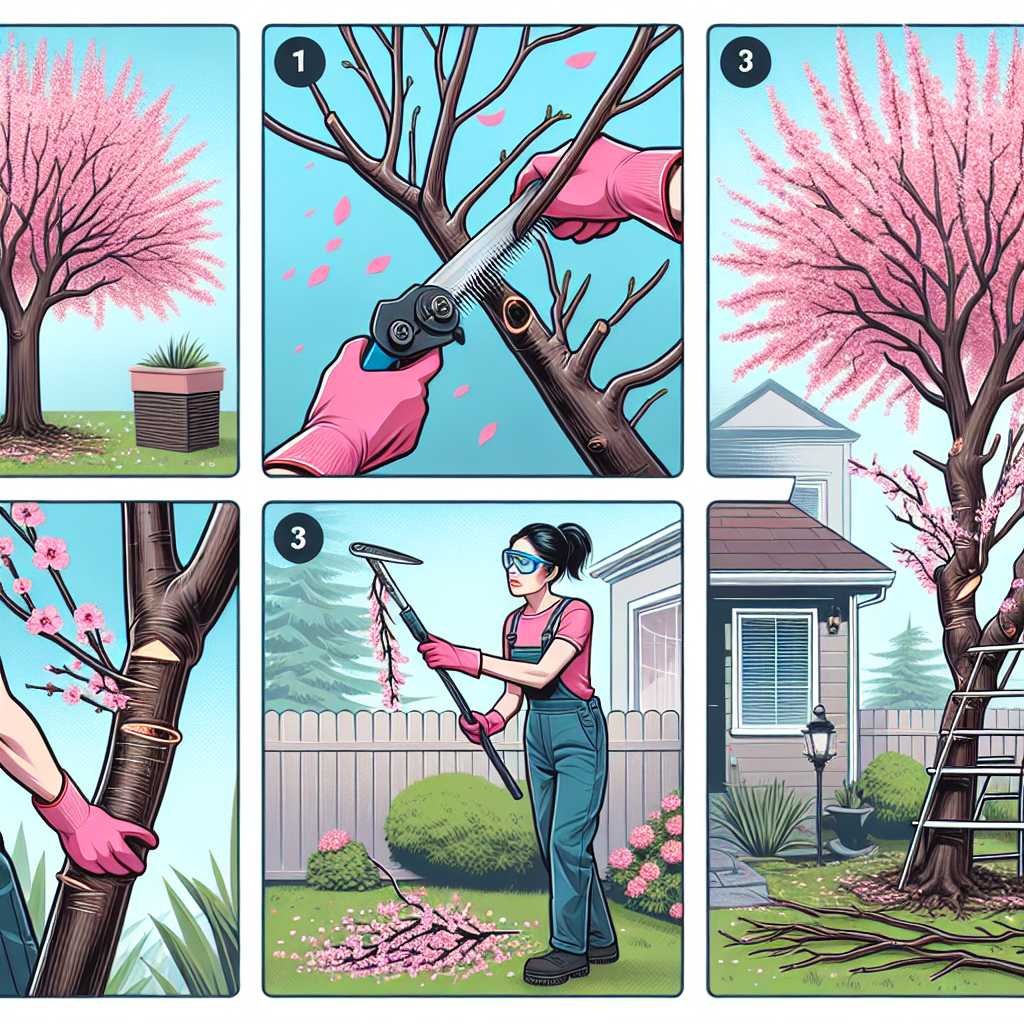
How to trim weeping cherry
How to Prune Your Weeping Cherry: A Comprehensive Guide
The weeping cherry tree, known for its stunning cascades of delicate pink flowers in spring, is a beautiful addition to any garden. This tree not only adds aesthetic value but also serves as a peaceful retreat in the landscape. Pruning, or trimming, these trees properly is essential to promote their health, ensure vibrant blooms, and maintain their unique shape. In this article, we'll explore everything you need to know about pruning your weeping cherry tree effectively.
Understanding the Weeping Cherry Tree
Before we dive into the techniques of how to trim weeping cherry trees, it's important to understand their structure and growth habits. The weeping cherry, or *Prunus subhirtella*, features long, sweeping branches that grow downwards, creating a graceful arch. Their beautiful blossoms can create a charming effect in any landscape, but managing the growth is key to their beauty and health.
Benefits of Pruning Weeping Cherry Trees
Proper pruning offers several benefits, including:
- Encouraging healthier growth and better floral display
- Removing diseased or dead branches
- Shaping the tree to maintain its weeping form
- Enhancing air circulation to prevent fungal diseases
- Minimizing the risk of structural failure during storms
When to Trim Weeping Cherry Trees
Timing is crucial when it comes to pruning weeping cherry trees. Here are the general guidelines:
- Late Winter to Early Spring: The best time to prune is during late winter or early spring while the tree is still dormant. This minimizes the risk of injury from cold temperatures and helps in avoiding sap loss.
- Post-Bloom: If you missed the late winter window, it can also be beneficial to trim the tree immediately after it blooms. This allows you to view the branch structure without leaves obstructing the view.
Tools Required for Pruning
To effectively trim your weeping cherry tree, you’ll need the following tools:
- Bypass pruners
- Loppers
- Hand saw
- Chain saw (for larger branches)
- Gardening gloves
- Protective goggles
Preparation Before Pruning
Before you start pruning, it’s vital to prepare properly:
- Assess the tree structure: Look for any dead or diseased branches.
- Choose a clear day: Avoid pruning in wet weather to prevent slipping and injury.
- Wear safety gear: As mentioned, wear gloves and goggles for protection.
Pruning Techniques for Weeping Cherry Trees
Now that you are prepared, let’s delve into the actual techniques for effective trimming.
1. Remove Dead or Diseased Wood
Start by identifying and cutting out any dead, broken, or diseased branches. Look for telltale signs such as discoloration or a lack of buds. Use bypass pruners or loppers for small branches and a saw for larger cuts.
2. Thin Out Crowded Areas
Weeping cherry trees can develop dense foliage, making it necessary to thin out overcrowded areas to enhance light penetration and airflow. Focus on branches that cross each other and remove the weaker growth.
3. Shape the Tree
To maintain the characteristic weeping form, shape the tree by selectively pruning branches back to a healthy bud. Aim for a balanced appearance, being mindful of maintaining the natural arch of the branches.
4. Shorten Long Branches
If you notice some branches becoming excessively long, trim them back to about one-third of their length. This practice encourages bushier growth and a more compact tree structure.
Potential Mistakes to Avoid
While pruning can improve the health and appearance of your weeping cherry, several common mistakes may hinder the process:
- Pruning at the wrong time of year, which can lead to excessive sap loss.
- Being overly aggressive and removing too much foliage at once.
- Not properly sterilizing tools, potentially spreading disease.
- Ignoring the tree’s natural shape, leading to an unnatural appearance.
- Failing to wear safety gear and risking injury while pruning.
Aftercare for Your Pruned Weeping Cherry
After you have pruned your weeping cherry tree, caring for it properly will support its recovery and health:
- Water the tree adequately: Ensure it gets sufficient moisture, especially if the weather is dry.
- Apply mulch: Adding a layer of mulch around the base of the tree helps retain moisture and suppress weeds.
- Fertilize: A balanced fertilizer can provide necessary nutrients and promote healthy growth.
- Monitor for pests: Keep an eye out for pests or diseases that may develop after pruning.
Common Questions When Pruning Weeping Cherry Trees
Many homeowners have similar concerns about pruning. Here are some answers to frequently asked questions:
How much can I cut off a weeping cherry tree?
You should aim to remove no more than 20% of the tree’s foliage in a single pruning session. This guideline helps maintain the tree's health and vibrancy.
Can I prune in the fall?
It’s not recommended to prune weeping cherry trees in the fall, as this can result in frost damage to the tree. Late winter or early spring is ideal.
Will pruning affect blooming?
Properly timed pruning can enhance blooming by promoting healthier growth. However, if done too late, it may affect the blooming cycle.
Conclusion
Learning how to trim weeping cherry trees is an essential skill for any gardening enthusiast. With the right techniques and a mindful approach, you can maintain your weeping cherry tree, allowing it to thrive and bring beauty to your landscape for years to come. Remember, proper timing, preparation, and aftercare are crucial to successful pruning. Enjoy your gardening journey, and take pride in your flourishing weeping cherry tree!
By Guest, Published on October 18th, 2024